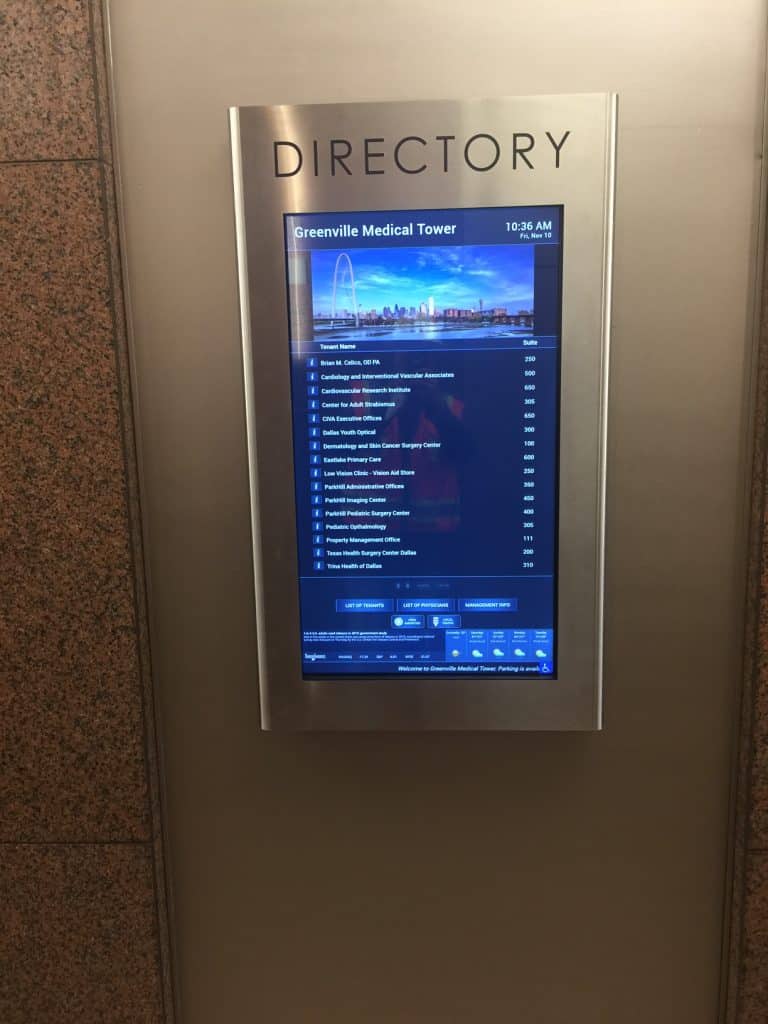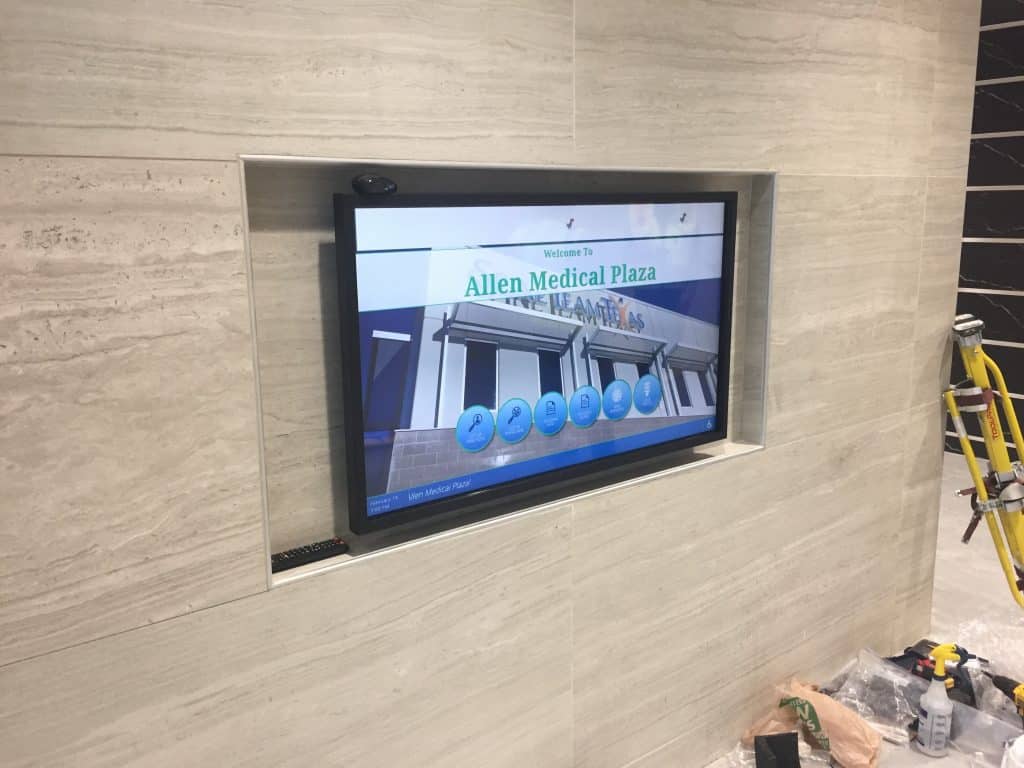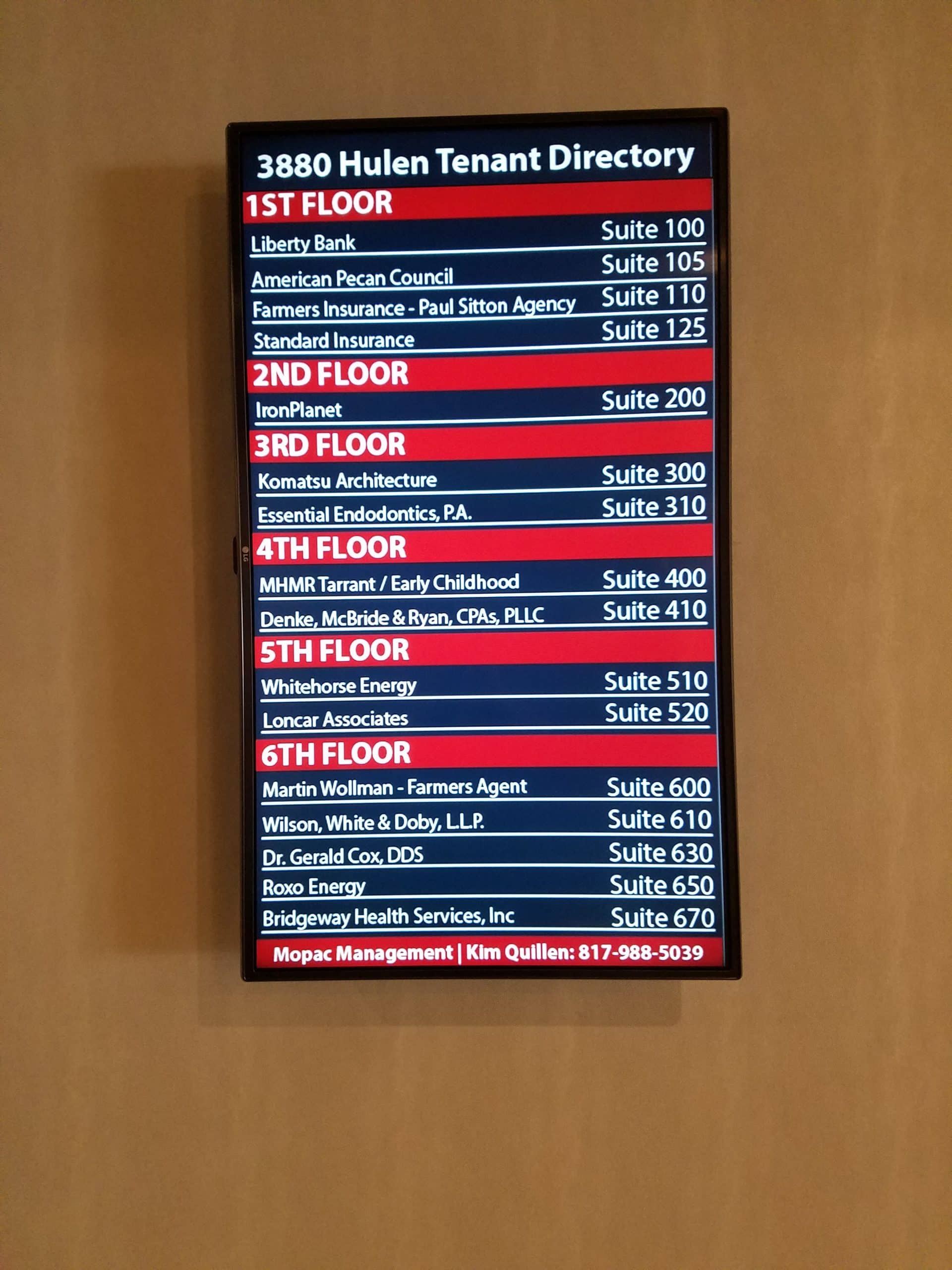Digital signage is a relatively new concept but has already helped convey marketing messages. It has developed from a single communication channel and media to a complex and highly advanced technology. If you’re still wondering how digital signage can help you achieve your goals, this blog will allow you to understand the benefits and how to take full advantage of the technology.
Why is digital signage a good idea?
Digital signage is a form of content marketing to increase brand awareness and product sales. It can come in various formats, such as TV and computer screens and digital billboards. In addition, digital signages are commonly found in public places, airports, lobbies, and supermarkets.

It’s a simple concept to grasp but compelling. Your customers will see it by displaying information on a screen in a public location. You can easily change your display to ensure it is relevant and exciting. It is a great way to create an experience that makes customers feel cared for and valued. While the displays can show content, the primary function is advertising.
Digital signage, a cost-effective solution
Digital signage is one of the most cost-effective ways of reaching consumers. The original idea of this type of signage was to replace expensive physical signage with cheaper signage. As a result, it is much more economical, enabling companies to make more of an impact.
Digital Signage is an excellent alternative to traditional advertising since it’s more affordable than television, radio, and print advertisements. In addition, many companies have no use for expensive and complicated banners, which can be an eyesore and challenging to keep clean. With digital signs, you have the flexibility to change the content whenever you want, without any costly downtime. That’s much more convenient and practical than paper posters. Just imagine how much money you could save from cutting down on the expense of print-based advertisements.

Digital signage can also display a variety of different content. The content is not limited to just text. The most advanced systems can display various graphical images and videos; you can use them to promote new products or show people how to use your products. Furthermore, this type of sign can advertise more than just one product, meaning you can reach your entire audience in a single go, as opposed to print which can only target potential customers for a particular product.
How does digital signage help with marketing?
One of the most significant benefits of digital signage is the ability to show advertisements. It is a great way to market your business interactively and appealingly. It is used in almost every industry and is a must-have for any business.
Digital signage is the presentation of digital media — such as images, text, video, sound, animation, and interactive elements — on a standard display surface within the view of an audience. Companies can now quickly provide instant information about what’s happening in their business and promote sales simultaneously. It is a fast and effective way to deliver information to customers. It provides companies with an opportunity to reach customers in a way that is more personal and effective than traditional methods of advertising.

With screens set up at the entrance or in other high-traffic areas to display the latest sales information, promotional offers, and new services, digital signage create a buzz and improves visibility around your brand. It’s a great way to get the word out and let people know about your business. The possibilities are endless when this signage.
Digital signage, what’s the future?
Digital signage is a new trend that has emerged in the last few years. It is becoming a viable solution for businesses across the globe. The original purpose of digital signs was to help companies attract potential customers. Today, it is used for more than just advertisements. As a result, the future of digital signage will have a significant impact on how companies and brands connect with their customers.
Now, digital signage is about more than just saving companies money on physical signs. It’s about integrating digital signage with other forms of technology to create a unified customer experience. The most important benefit is making a company stand out in the marketplace. The widespread use of this type of signage is no longer an option – it’s a necessity. Businesses have recognized this and have been quick to adopt usage. With the shortage of time and space, people are more likely to consume their content digitally, and thus digital signage offers a convenient and effective solution.
Should you use digital signage?
Digital signage is not just another form of advertising but a new communication platform. You can get more information about your business to a larger audience, spread a compelling story for your brand, and make a lasting impression that increases your brand awareness. You can create engagement and loyalty with your current customers or attract new ones.
Digital signage can help you make your business stand out among the crowd. To build your brand, you should consider investing in digital signage. If you’re interested in what this signage can do for your business, we encourage you to contact us today!
Frequently Asked Questions, Answered
What are the popular considerations for digital signage?
- The messaging of your signage is crucial.
- Opt for a digital sign with LED display technology: LED digital signs are durable and use less power than other signage technologies. In addition, LED technology allows you to display text and graphics in various colors and resolutions.
- Choose digital signage with a slim form factor that you can install on flat surfaces such as walls that are less likely to be stolen or damaged.
- Consider price. Cowtown Graphics and Signs can discuss what you need from your digital signage and offer options in several different price ranges.
What kinds of digital signage messages have a good chance of being passed on?
What you choose to display will significantly impact the number of people who take note of your efforts. One key to a successful digital sign message is to keep it simple and brief and make it fun, relevant, and in line with your brand. To ensure that your message is a hit, make sure that it uses language that your customers would use in a conversation. This way, the message will feel more like an insider tip and seem more authentic.
What are some of the most unique and creative ways you’ve seen digital signage used in a business?
Digital signs are used in many ways, displaying brand images and videos and providing information about products or services. Businesses use them to display real-time photos, videos, and other data. This type of signage is more versatile than traditional posters and billboards.
Digital signage can stream live events or marketing campaigns or play pre-recorded content. Some businesses use it to display menus, daily specials, and future events. In this way, this signage is not only used just to promote and inform customers but also to engage customers. Companies can also use digital signage as a form of customer service, where customers can access FAQs, customer service lives chat, or have their questions answered through polls/surveys.
What are the things that buyers must know before choosing a digital signage platform?
When choosing a digital signage platform, the purchase decision should depend on how much the company wants to invest in the initial phase and how much it is willing to invest in the future. It is best to focus on your exact need.
Do you need user-friendly software or more sophisticated features, even if it would be more complicated to use? Do you need a platform that can broadcast live, or does it has to be a pre-recorded video? It should also be able to play various types of digital content, including images, audio, video, text, and documents. If you are looking for a cloud-based system, do you own infrastructure, or will you instead rent it? A content owner should ensure that the digital signage platform has good connectivity to the Internet and works well with existing infrastructure.

